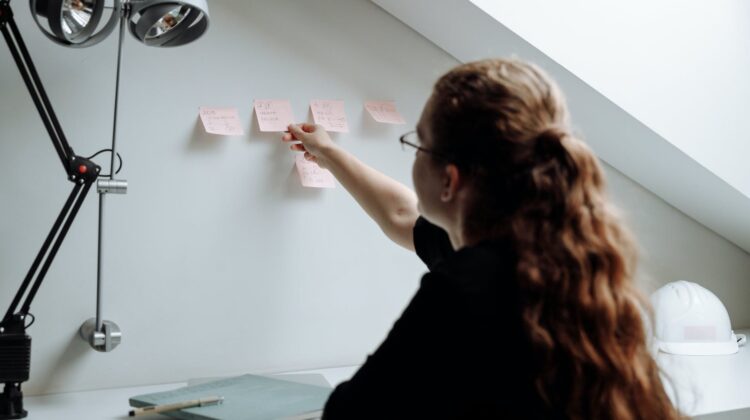
Creativity Means Productivity. Here Are 3 Practices That Boost Both.
Although staying organized, mission-driven and efficient are the cornerstones of productivity, nothing says those pillars have to come at the cost of creativity. In fact, creativity is an increasingly valuable asset in the workplace, both individually and as a team. According to the World Economic Forum, creativity is or is related to nine out of the 10 skills that global executives say are essential for 2020 and beyond. Being creative boosts problem-solving skills and increases confidence and collaboration. Here are three ways to foster creativity in your business, starting today.
Instill autonomy and leadership
By providing your team with increased responsibility and autonomy to carry out projects, odds are that more ideas will be generated, and the ownership will instill a stronger sense of confidence in one’s skills. Danny Groner, a marketing director at Forecast Labs, attributes weekly 1:1s with his manager as being fundamental to his growth as a creative. Rather than going through a checklist or action items, Groner’s manager lets him choose the agenda for every meeting.
“Because I am steering the conversation, I can be the most creative,” Groner says. “He gives me direction with no ask rather than direction with an ask. That distinction is very important because, during our weekly 1:1s, I am able to learn, rather than to move through a to-do list.”
Groner added that the practice has given him confidence and strength in his skills and shows him how he’s contributing to the larger company rather than just “working in a vacuum.”
Related: 4 Daily Steps to Create Insane Levels of Focus, Confidence and Productivity
Movement
Walking has long stood as one of the oldest and most reliable resources for fresh and free thinking. Steve Jobs famously believed in “walking meetings” with coworkers and collaborators to foster connection and creativity — and studies show that he was right. A Harvard Medical School study found those in a walking meeting are 5.25% more likely to be creative and 8.5% more engaged. Another Stanford University study found that walking increased creative thinking by 60%. The sheer act of movement energizes the brain, regardless of length or location.
“I can attest that my best thoughts are generated during or right after a walk!” says Tracy Tilson, president and founder of TilsonPR, who added that her last business endeavor idea came from a walk.
Related: Struggling to Come Up With Creative Ideas? Try Doing This.
Leave room for failure
Failure is integral to any creative and business process. But admitting you failed is a daunting task, particularly in the workplace. By offering constructive and encouraging feedback — and allocating space for failure — individuals will learn from their mistakes and not feel discouraged to try again.
“Once [employees] see, firsthand, the value of putting out what we call a ‘low-resolution prototype’ and getting feedback from a key constituent, and seeing how that directs the next step, people start to become believers in that process,” says Graham Henshaw, executive director of the Alan B. Miller Entrepreneurship Center at William & Mary’s Raymond A. Mason School of Business, on the W&M Leadership and Business podcast. “[Innovators must have] an openness to risk…You’re willing to take risks where you might fail, but you learn something from that failure and move forward,” he added.










